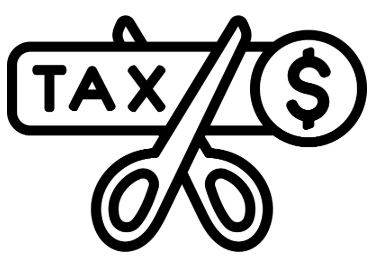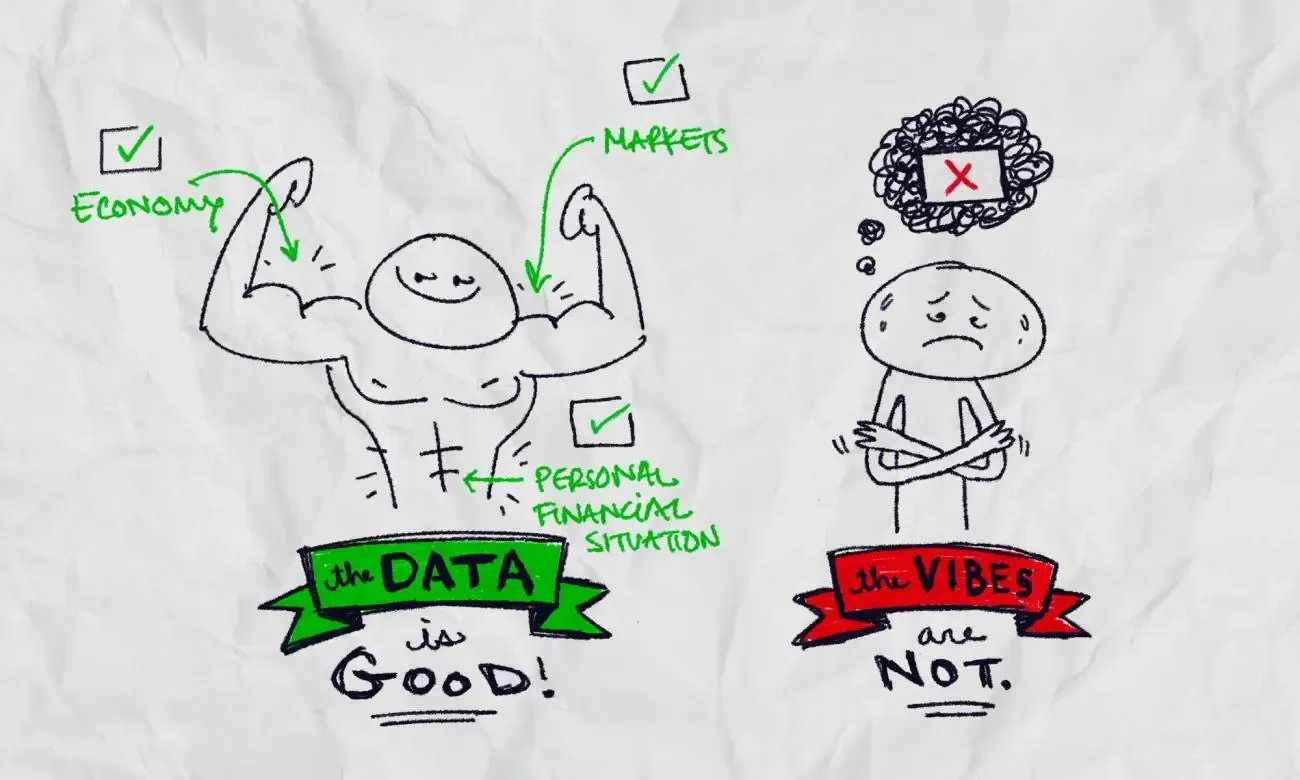|
|
lotus asset management
What Does Fulfillment Mean To You?
Holistic Advisory
Comprehensive advice tailored to your unique needs, ensuring every aspect of your financial life is optimized.
You & Your Goals
Your aspirations are our priority, and we craft personalized strategies to help you achieve them.
Constant Support
Always by your side, we offer a steady hand, ensuring you have the support you need when you need it
innovative and seamless
What We Do
At Lotus Asset Management, we offer comprehensive wealth management services, including financial planning, investment strategy, and tax optimization, all within our all-inclusive approach. Unlike other firms, we want to integrate financial planning into our core offering, hoping to ensure that your investments align with a customized plan without extra fees. We aim to go beyond traditional financial management, encouraging clients to share all concerns, understanding that every aspect of life impacts your finances. By managing your entire financial picture, we hope to guide you toward achieving your goals.
Above all else, we aim to give you the confidence to make the decisions that will allow you to live your best life.

|
beginning with trust
next-gen planning
Why Choose Us?
Choosing Lotus Asset Management means entrusting your financial future to a team with broad expertise and a commitment to innovation. We leverage advanced analytics and personal experience to create strategies that are as detailed and dynamic as your life. Our experience in working with ultra high-net-worth families gives us a unique vantage point, and we also seek to continue learning so that we can potentially handle even the most complex financial situations, from intricate inheritance planning to sophisticated tax and investment management. With a client-first approach, we provide not only financial advice but also life coaching to help you make informed decisions that align with your long-term goals. At Lotus Asset Management, we are more than advisors; we are partners in your journey to financial empowerment and personal fulfillment.
Your Growth, Our Mission
Meet Your Advisor
Rohit Padmanabhan, founder of Lotus Asset Management, brings a wealth of expertise from his years at major banks, where he managed high-profile clients. With a background in consulting and analytics, Rohit excels in crafting personalized financial strategies for high-performing young professionals with complex needs. His holistic approach and dedication to client success are focused on aligning each individual’s financial and personal goals as seamlessly as possible. Rohit wants to be your trusted guide in navigating the financial landscape, providing the knowledge and support you need towards achieving your aspirations.

Wealth Management for a New Generation of Investors
|
LEARN MORE
Our Blog
Welcome to our blog, a treasure trove of helpful content designed to guide you through your financial journey. Whether you’re seeking advice on investment strategies, financial planning tips, or insights into market trends, our blog offers valuable information to help you make informed decisions and achieve your financial goals.
How to Maximize Year-End Tax Moves Before December 31st
Read moreWhen “Fixed” Isn’t the Default: Navigating ARMs for Young High-Earners
Read moreOpen Enrollment - Dos and Don'ts
Read more🎓 Building Wealth by Investing in Education: A Strategic Guide for Professionals
Read more📈 “Should I Sell My Company Stock?” A Mid-Year Equity Checkup for Tech Professionals
Read more"One Big Beautiful Bill” & What It Means for High‑Earning Millennial & Gen-Z Professionals
Read morePlanning to Care for Family: Balancing Financial Goals and Personal Responsibilities
Read moreMid-Year Money Moves: 5 Smart Tax Strategies for Equity Holders & High-Earning Professionals
Read moreQuarterly Estimated Taxes: Do You Owe by June 15? A Guide for High-Earning Professionals
Read moreThe Roth Catch-Up Mandate Is Coming: 5 Concrete Moves High-Earners Should Make in 2025
Read moreWhy Your Property Tax Bill Might Spike This Year—and What You Can Do About It
Read moreMay Is the Perfect Time to Review Your Tax Return—Especially If You Have Equity Compensation
Read moreStrategic Tax Planning After Filing Season
Read moreLast-Minute Tax Strategies for High-Earning Professionals
Read moreBeyond the Paycheck: A Tactical Guide to Equity Compensation for High-Performing Professionals
Read more2025 Update: RMDs and Inherited Retirement Accounts
Read moreSocial Security Fairness Act: What Retirees Need to Know
Read moreYear-End Tax Strategies You Cannot Afford to Miss
Read moreInflation Is Eroding the Value of Your Credit-Card Rewards
Read moreA Historical Look at Interest Rates and What to Expect Before the September Fed Meeting
Read moreInvesting for the Long Haul: Why Time Matters More Than Timing
Read moreFeeling the "Vibecession"?
Read moreYour Role & Responsibilities an an Agent in a Power of Attorney (POA)
Read moreFive Smart Strategies to Protect Against Inflation
Read moreclient-focused connection
Ready to Grow?
Contact us today to discuss how we can tailor our wealth management services to meet your unique needs and help you achieve your goals





























